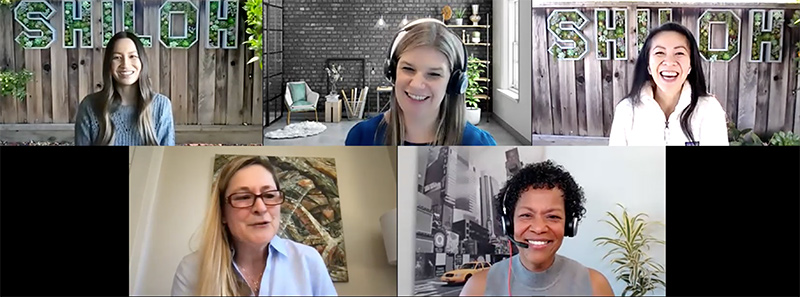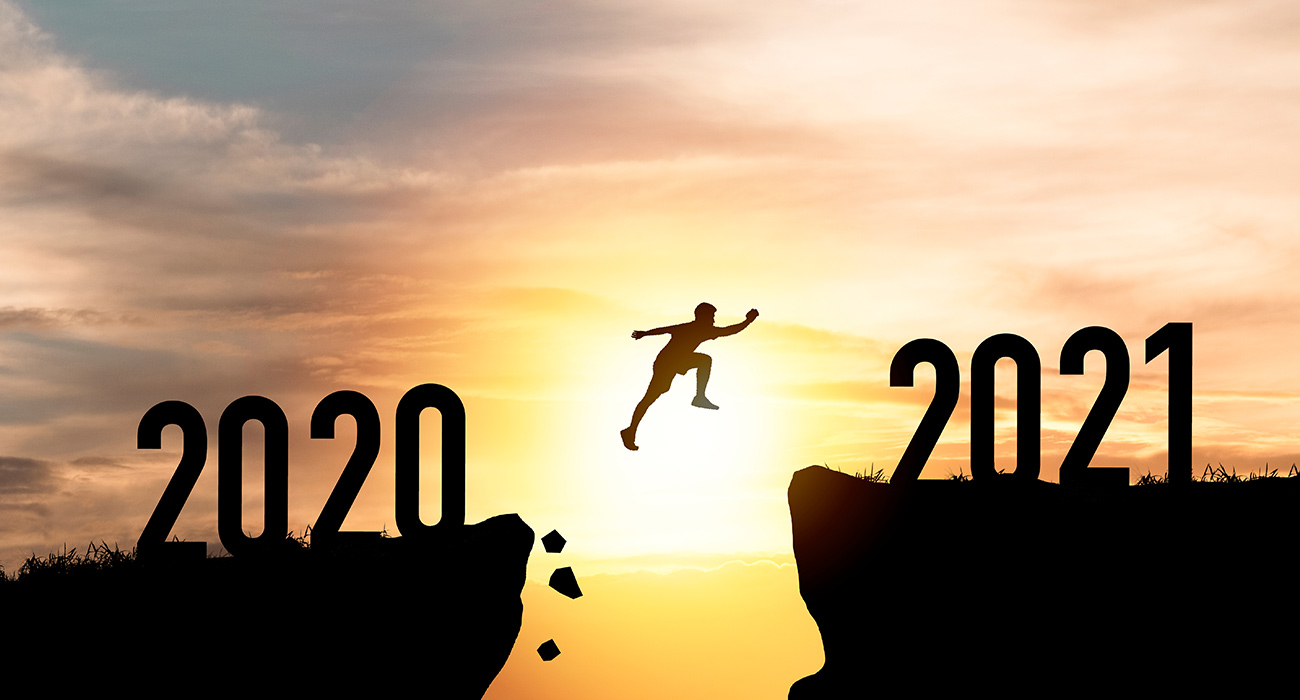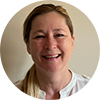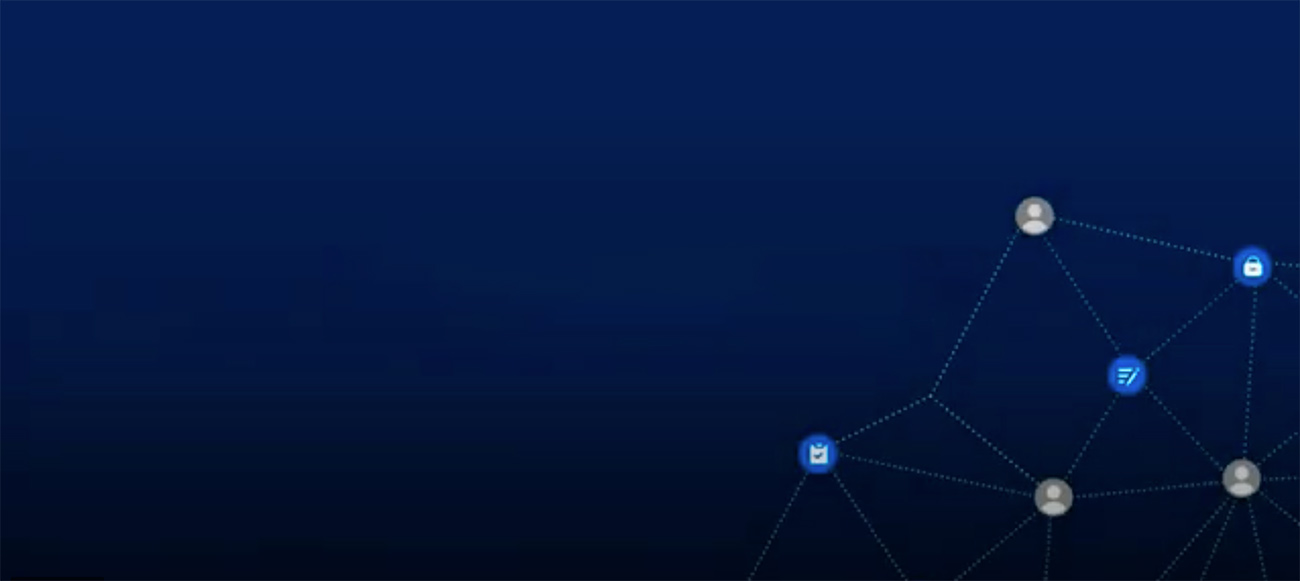Here’s what top in-house event planners from Zoom, VMware and Tableau learned about virtual events in 2020 AND what it means for their 2021 events.
2020 has seen unprecedented changes in the events industry. When COVID-19 closed the doors on in-person events, planners around the world faced hard and fast decisions about how to move forward. Some chose to delay or cancel, but many organizations and planners took the challenge of pivoting to virtual events head on.
Team Shiloh recently interviewed in-house event planners from Zoom, VMware, and Tableau who led their organizations’ flagship global events in 2020. We explored what worked and what didn’t for these planners as they made the rapid shift to online. They also shared how their 2020 takeaways are already impacting these organizations’ 2021 events.
Our webinar covered topics such as:
- Making the decision to pivot to virtual events
- Building the virtual event budget and planning timeline
- Staffing for virtual event success
- Developing a virtual event sponsorship program
- Planning and creating content for a virtual event
- Planning for virtual event a/v production
- Tips for planning smaller events
- Best practices they will be using in 2021 events
Watch the full video to learn more, then check out our experts’ responses to some of our favorite audience Q&A.
Guest Speakers
Kristen Klein leads customer communications, online events, and integrated marketing campaigns at Zoom Video Communications.
Allison Crooker director of event content at VMware, manages the development of the content hosted at VMware’s annual global user conferences.
In addition to the questions answered in our live event, planners who attended wanted to know:
Did you charge for your virtual event?
Allison
We did charge $299 for access to some of our more technical content and meet the expert roundtables which all sold out. We were one of the first to do this. Everything else was free behind the gate though.
Cate
We did not charge and we ended up with a lot more attendees than we expected. In the end we had over 171,000 people register. We were focused on reaching as many people as possible with our content so we followed the sun methodology and offered content in three time zones globally. This combined with removing the $5000 per person investment in travel cost that face-to-face requires made it possible to achieve huge attendee growth.
How did you change up your content strategy when you decided to go virtual?
Allison
We had to consider how to do the content in a big fashion – would we still give attendees digitally what we had previously given them in-person? We ended up with a YES, so one of the keys for us was we didn’t change that much. We produced the same breadth of content we would for a face-to-face. Over 1000 videos were produced including 700 sessions. Some were 25 minutes, technical deep dives of 60 minutes, customer case studies of 3-4 minutes, sponsor commercials, entertainment and more. In retrospect after looking over our viewership durations, we learned that anything over 25 minutes was too long for digital.
We also did a content catalog that was filterable and searchable. It was complex to do, but it made it easy for attendees to find the personalized content they wanted quickly.
Cate
We went with a TV broadcast methodology of short 20-25 minute maximum sessions – very different from our typical 45 min to one hour sessions in face-to-face. The only exception was the keynote where executives found it hard to get down to 25 minutes. The whole keynote was over an hour, but we inserted adverts, songs, and other fun things to keep people engaged while giving them opportunities to still take their coffee breaks etc. We also had a lot of networking opportunities and deep dives on technical that were popular.
Kristen
We did rethink the structure of Zoomtopia content moving to virtual. We still offered about 90% of our content as live, but the timing was different. Our traditional two-day 8:00 am to 5:00 pm was shortened to end mid afternoon. Sessions were shortened to keep content crisp. You want to make sure you are not asking people to sit on too long so we included more breaks, simultaneous sessions, and opportunities to switch between them. It took courage to do it live, it was very stressful, but these days everyone is very forgiving and they are cheering you on if there are difficulties.
Did you make content available on demand after your event?
Allison
Yes! We made all our VMworld 2020 content available on demand 48 hours post event and we plan to keep it up indefinitely. Anyone can access with just an email address. The benefit here is in reaching all those people who would never spend the money to attend in person.
Cate
Tableau Conferenceish is all available on demand so our marketing and sales teams can continually tap into it as a resource. Anyone can access as long as we have your email. It’s not enough to just put it out there though. You have to keep promoting it to really leverage post event.
Kristen
Yes, we recorded all our live sessions and have them available on demand at our Zoomtopia site.
Did you have the kind of engagement you expected?
Allison
Attendee engagement is an area where we’d like to improve. We knew it was important but didn’t really know how to help it happen. We learned a lot here and are implementing things differently for 2021 – looking for real solutions to help people bump into each other and meet like-minded people for those hallway chats.
Cate
We used Braindate for our networking. I would say if anyone out there is looking to start their own business this is a growth area where a lot can be done to improve the experience.
Kristen
We did networking through topical round table type sessions. We kept these to smaller groups of up to 100 invitees knowing not all would join. We also used breakout rooms to move people into smaller conversations. I do agree this is an area for improvement, especially addressing how we do it on a massive scale with 100,000+ registrants in different time zones.
What unexpected “hidden costs” did you encounter taking your event virtual?
Allison
The human capital it took to make the event happen was huge. It took training hundreds of VMware employees to be session monitors, moderators, chat moderators, room monitors, etc. We really under budgeted there.
Cate
I would plus one Allison’s response! Also, we as a team undertook participating in hundreds of other events to scope out what we wanted to do for ours so we had this really long list of ideas from everyone to implement. We had to do a lot of prioritizing, choosing, and assigning budget because it just wasn’t feasible to do everything and stay within budget.
What do you find yourself missing the most from face-to-face events compared to this year’s experience being all digital?
Allison
I miss the energy of all the people around me. At the end of this year’s event, it felt like such a let down to just close my computer and have it be over.
Cate
I joined Tableau in the time of Covid so I’ve never actually met any of my team or even in my company. I miss being able to go in a room and be with my team, all sitting together, excited about the next thing coming up and working to resolve a food and beverage issue.
Kristen
I most miss seeing all our customers, just being able to see their faces with those surprise and delight moments that we have. That’s a really special time for us. We so appreciate just talking to them.
Looking forward into 2021, what strategies are you considering for hybrid events? Are you planning for them yet?
Allison
For 2021 VMware is 100% invested in digital. We are continually exploring face to face events, but only for something small and very controlled, perhaps a strategic partners’ summit or a small customer experience. We’re not looking to do a fully hybrid event in 2021.
Cate
We learned a lot from our studio setup for keynote recordings this year. It was painful. Only four people out in the session at a time, at least two of those had to be the film crew. There are still so many things to be considered for security, health and safety considerations for anything involving face-to-face. Tableau is not planning anything live this year, but we don’t have a crystal ball and the conference is not until November. We are exploring everything from an in-person event of say 4000 people all the way down to small viewing parties to give some human interactions and executive engagements.
We’re also looking at this globally. There are certain countries that are much more open to having face to face. Although the American’s situation, California, specifically, is in a bad place, in Singapore, they’re having events now. We’ll stay mindful of what can happen elsewhere.
Kristen
At Zoom our thinking is similar. We are really focused on the digital event for fall 2021. We aren’t sure what it could look like yet, or if people will want to be somewhere with a larger group. We’ll stay flexible as we are interested in creating some smaller engagements. Maybe in different regions where we might have a good sales presence we can gather some customers and walk them through something to celebrate them locally.

Need help planning your virtual event?
Contact Shiloh to get started today.





